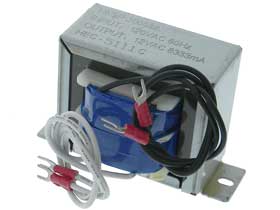Can I convert an automatic battery charger to manual?
The old manual chargers work much better for my purposes. I don't want a charger putting itself into "float" mode or otherwise reducing amps to the battery. I want to be the one who decides when the battery has had enough. This is impossible with today's modern automatic chargers. There must be a way to bypass or shut off the automatic circuits. Does anybody here know how to do that?
As far as I know, it is now impossible to buy a truly manual battery charger. I have one, an old Schumacher, about 20 years old. I love it. I want another one, but I realize I must make it myself.
The old manual chargers work much better for my purposes. I don't want a charger putting itself into "float" mode or otherwise reducing amps to the battery. I want to be the one who decides when the battery has had enough. This is impossible with today's modern automatic chargers. There must be a way to bypass or shut off the automatic circuits. Does anybody here know how to do that?
As far as I know, it is now impossible to buy a truly manual battery charger. I have one, an old Schumacher, about 20 years old. I love it. I want another one, but I realize I must make it myself.



